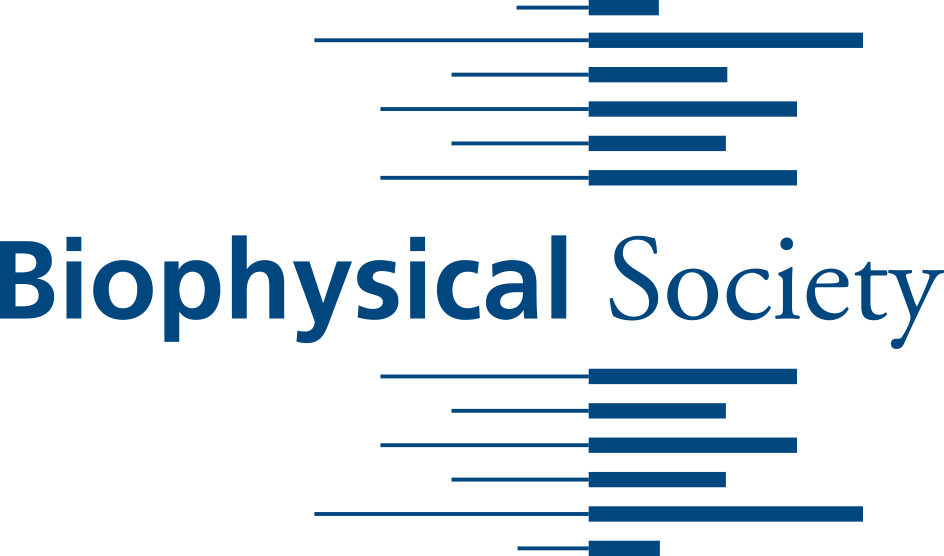Newswise — WASHINGTON, D.C., February 9, 2015 -- Anyone who's ever been to France knows it's a country that celebrates its food and takes enormous pride in not only the taste, but also the appearance and the overall "joie de vivre" involved. So it should come as no surprise that scientific disciplines like biophysics are being embraced for their ability to reveal the underlying physical and chemical processes that occur during food preparation and consumption.
During the Biophysical Society's 59th Annual Meeting in Baltimore, Md., Feb. 7-11, 2015, Christophe Lavelle, an expert in biophysics, epigenetics and food science who works for the National Museum of Natural History in Paris, France, will describe his research dedicated to gaining a deeper understanding of genome compaction within the cells in our bodies and the way it influences gene expression.
"While the link with cooking may not be immediately obvious, when you realize that not only are food transformations and gene expression both a matter of macromolecule structure and dynamics, but also that the types of food you choose to eat influence the expression of your genes, then you have two good reasons to be interested in molecular gastronomy and genome mechanics," said Lavelle.
The study of molecular biology got its start in the 1930s when physicists and chemists became interested in exploring life at its most fundamental level. Forty years later, Hungarian physicist Nicolas Kurti exclaimed: "It is a sad reflection on our civilization that while we can and do measure the temperature in the atmosphere of Venus we do not know what goes on inside our soufflés."
This paved the way for what Kurti and his French colleague Hervé This called "molecular gastronomy," dedicated to the study of the physical and chemical processes involved in cooking and eating.
"Biophysics can be defined as an interdisciplinary science using concepts and methods of physics to study biological matter," explains Lavelle. "So biophysics can naturally help us to understand what's occurring when we cook."
An egg white is 90 percent water, for example, but if you put it in the microwave for 10 seconds, although it remains 90 percent water its form changes enough so that you could bite into it. "There is obviously a lot of physics happening here," Lavelle noted.
Another quick example that most of us know is that when you slice into an apple it quickly starts to turn brown. But to avoid this, you can sprinkle it with lemon juice. "This time, some chemistry is probably involved," he said. "And since eggs, apples and lemon all come from nature, biology is obviously involved also!"
"These are just a few examples to introduce soft -- and sometimes living -- matter," Lavelle pointed out. "Taking an interdisciplinary approach that combines biopolymer physics, thermodynamics, physiology and macromolecule biochemistry -- among other subjects -- can help us to better understand culinary phenomena and ultimately influence the way we cook and what we choose to eat."
Food transformation and consumption phenomena also tend to generate puzzling questions, which Lavelle believes are actually "promising and appetizing" opportunities to raise interest in science and improve health among students and the general public.
The next step is to "merge human sciences with 'hard' sciences to reach a truly interdisciplinary knowledge of food -- following the Brillat-Savarin definition of gastronomy as 'the knowledge of all that relates to man as he eats,'" said Lavelle.
Poster #B629, "Delicious Biophysics: Cooking as a Prolific Support to Teach Biophysical Concepts" by Christophe Lavelle is at 1:45 p.m. on February 9, 2015 in Hall C of the Baltimore Convention Center. ABSTRACT: http://tinyurl.com/ougtjgx
------------------- MORE MEETING INFORMATION -------------------
ABOUT THE MEETING
Each year, the Biophysical Society Annual Meeting brings together more than 6,500 researchers working in the multidisciplinary fields representing biophysics. With more than 3,600 poster presentations, over 200 exhibits, and more than 20 symposia, the BPS Annual Meeting is the largest meeting of biophysicists in the world. Despite its size, the meeting retains its small-meeting flavor through its subgroup symposia, platform sessions, social activities and committee programs. The 59th Annual Meeting will be held at the Baltimore Convention Center.
PRESS REGISTRATION
The Biophysical Society invites professional journalists, freelance science writers and public information officers to attend its Annual Meeting free of charge. For press registration, contact Ellen Weiss at [email protected] or Jason Bardi at 240-535-4954.
QUICK LINKS
Main Meeting Page: http://tinyurl.com/k8yfvyq Symposia: http://tinyurl.com/lrahzbu Itinerary planner: http://tinyurl.com/kxpe272
ABOUT THE SOCIETY
The Biophysical Society, founded in 1958, is a professional, scientific Society established to encourage development and dissemination of knowledge in biophysics. The Society promotes growth in this expanding field through its annual meeting, bi-monthly journal, and committee and outreach activities. Its 9,000 members are located throughout the U.S. and the world, where they teach and conduct research in colleges, universities, laboratories, government agencies, and industry. For more information on the Society, or the 2015 Annual Meeting, visit http://www.biophysics.org.
###
